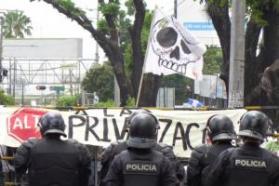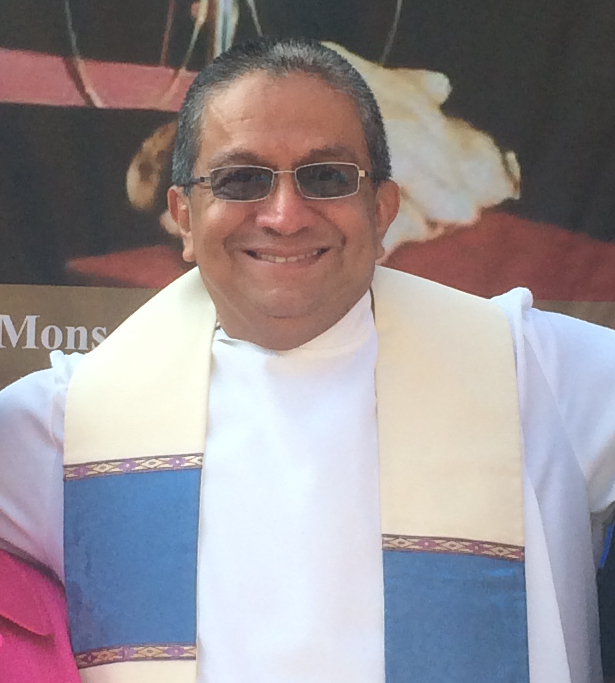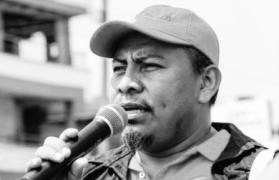October 17 Demonstration in San Salvador: People Denounce Bukele, Renounce Fear
On October 17, 2021, the Salvadoran people returned to the streets to denounce the government of President Nayib Bukele. With an estimated four thousand protesters, this demonstration registered as the second most significant and massive, coming just weeks after the march that brought out at least ten thousand on September 15 of this year.
Over the last two months, several mobilizations have been called–and the reasons behind them are many and diverse. On September 1, the Bloque de Resistencia y Rebeldía Popular (Popular Resistance and Rebellion Bloc, BRP), presented correspondence before the Legislative Assembly demanding repeal of the Bitcoin Law. A week later, on September 7, groups marched from the Salvador del Mundo monument to the Legislative Assembly to denounce: massive layoffs, dismissal of senior judges, proposed unconstitutional reforms, impunity in cases of violence against women, increased militarization including recruitment of youth into the Armed Forces, and more. Protesters say that the sum of these actions demonstrate the dictatorial nature of the Bukele regime, which for many Salvadorans echo some of the most violent and painful eras of El Salvador’s past. The initial actions on September 1 and 7 turned out to be precursors to the massive march called by various sectors on September 15, which was itself followed by another mass demonstration called by ex-combatants and veterans of the Armed Forces on September 30.
Expensive social media and publicity campaigns of disinformation, hate, and threats have been a hallmark of President Bukele’s administration. On October 17, this disinformation campaign did not let up. Multiple social media troll accounts tied to the government posted throughout the day making various false and misleading claims about the origins, size, and intentions of the march in order to undermine the mobilization and break morale. Another strategy of attack was deployment of police at different parts of the country to prevent people from joining actions in the capital city of San Salvador. At least 22 police checkpoints were documented that delayed or interdicted traveling demonstrators. Police presence was especially present in areas of Chalatenango and Morazán–both historically left-wing strongholds. In response to this, communities took to the streets and even blocked the flow of traffic causing major delays and ultimately forcing police officers to back down.
These obstacles proved insufficient to stop the protests or break people’s spirits. And in fact, with each new demonstration, the Salvadoran people are casting off more and more of their fear of the administration. With one voice, thousands of people denounced the government's anti-popular measures and called for unity in action against the dictatorship.
In the words of Ricardo Ramirez, member of MPR12-BRP: “We want to thank all the people who mobilized on October 17. Even though they wanted to stop the march, they could not! And it has become clear that fear has changed sides. We will continue organizing the people with the aim of raising awareness to fight against this dictatorship.”

 "I am a CISPES supporter because continuing to fight for social justice and a more people-centered country means continuing the dream and sacrifice of thousands of my fellow Salvadorans who died for that vision.” - Padre Carlos, New York City
"I am a CISPES supporter because continuing to fight for social justice and a more people-centered country means continuing the dream and sacrifice of thousands of my fellow Salvadorans who died for that vision.” - Padre Carlos, New York City

